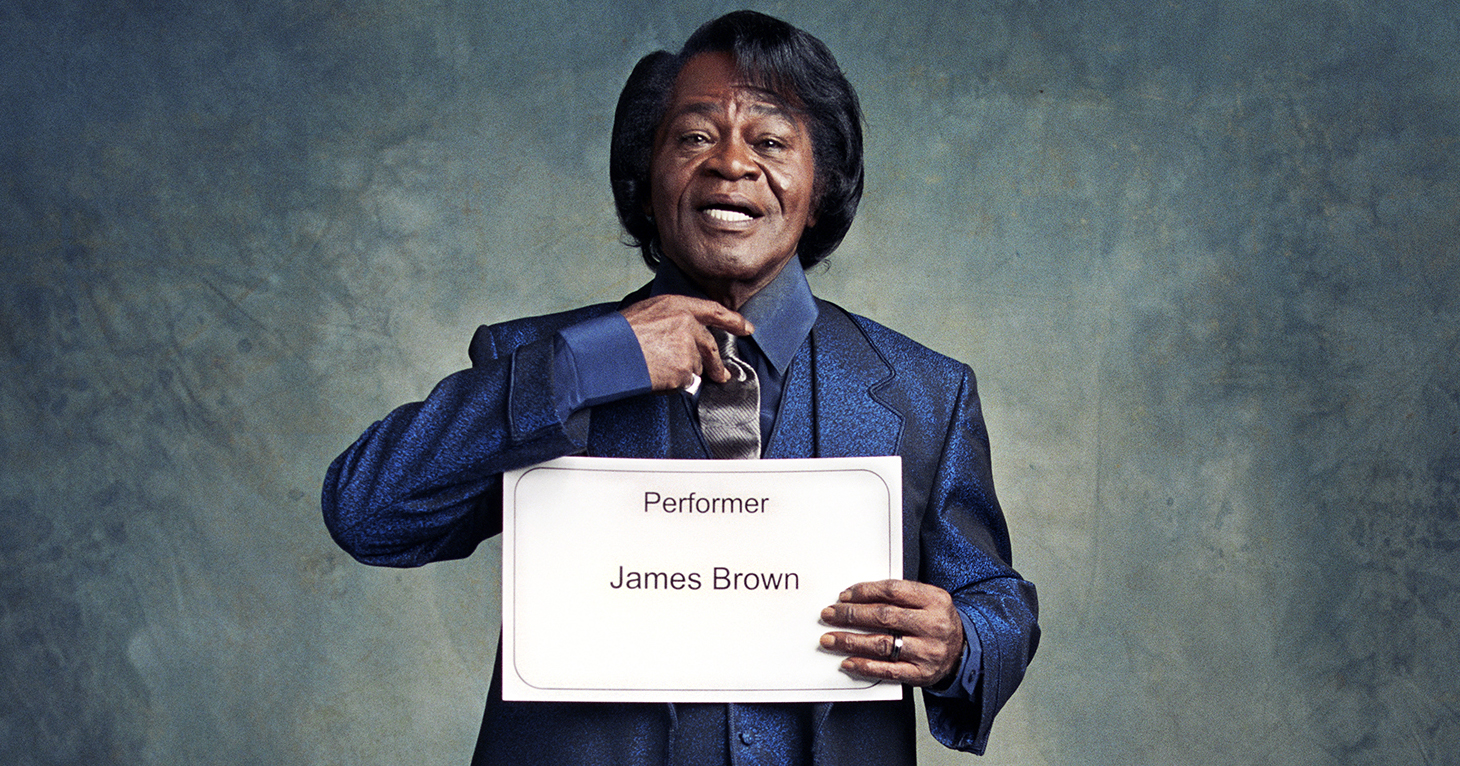
Danny Clinch’s specialty is documenting the world’s most famous musicians from an intimate perspective, finding an unobtrusive angle with a subject who has been photographed countless times. “I always try to be curious and create a great vibe, I’m all about a great life experience,” Clinch says, “I feel like it’s a collaboration, it’s what that person is willing to give back to me, or allow me to capture.”
Since 2003, Clinch has been capturing a wide array of artists, from Paul McCartney to Katy Perry, backstage at the Grammy Awards. “For me, it’s been a really interesting challenge, and it always has been,” Clinch says of the experience, “The idea of having 30 seconds to maybe five minutes, if you know the person, to get a portrait of them that has some merit and will withstand the test of time.”
Influenced by Irving Penn’s Worlds in a Small Room, this particular series of Clinch’s work traces back to 1996, when he was first asked to photograph the Beastie Boys’ Tibetan Freedom Concerts. The gig allowed him to experiment with the idea of having a backstage portrait studio, which he then brought to the Bonnaroo Music and Arts Festival, beginning in 2001, before catching the eye of the Grammy Foundation.
“My approach is the classic, simple portrait of someone, there’s a lot of subtleties to making someone look good in that moment,” he says, “It’s their moment, I want people to look good.”
Clinch usually prepares ahead of time, formulating ideas and coming up with poses and props, while playing on spontaneity and the excitement of the evening. An artist like Jay Z he describes as “smart and curious,” and recalls one year when the rapper went as far as pouring cognac into his gramophone-shaped Grammy award, sharing the drink with Clinch’s crew at the end of the evening.
“They feed off of what I’m responding to,” Clinch says, “When people want to participate, that’s the best. When Kanye comes back, he’s presenting himself to the camera, Sam Smith last year was laughing, screaming, making faces and having a great time, I think he had four Grammys in his arms.”
For Clinch, it’s about getting past a standard pose and capturing his time with the artists in a way that is not artificial, but genuine and in the moment, while leaving his own mark within the photograph. “You take this photo of Kanye, for example, or Katy Perry, or the Black Keys, or Pharrell, you take this simple portrait, there’s a little something else going on, a little surprise and you find that thing and you try to get it,” Clinch says, looking at his portrait of Pharrell Williams, “You get the beautiful light, but if you look at the eyes, he’s there and present, a lot of times people can be looking at the camera and they’re not present.”
One of Clinch’s best memories is when he photographed James Brown in 2005. When it came time for his assistant to hold up a sign that’s meant to identify each artist, “[Brown] grabs the thing from him, ‘Gimme that! That’s my sign, I’ll hold that sign!’ and I click as he’s telling me that, it sums up the whole thing.” It’s the surprise moments that makes each Grammy shoot unforgettable for Clinch. “I introduced Paul McCartney to B.B. King. I got a picture of them sitting there chatting, it was incredible.” Another vivid memory was while photographing Kanye West. The singer brought his mother, Donda, backstage to the photo shoot in 2006 and Clinch captured a portrait of the two of them. After West’s mother passed away the following year, the rapper used Clinch’s portrait as a tribute to his mother in the album packaging for 808s and Heartbreak.
“I think that people who have been making music… understand that it’s important to be documented, they want to be documented, they don’t want to be harassed,” Clinch says. “You want to find that common ground. The best thing that someone can say to me is ‘That was great, that was easy.’”
Danny Clinch is a photographer and film director based in New York City. His celebrated images of musicians are chronicled in his two books, Still Moving and Discovery Inn.
Kenneth Bachor is TIME’s associate photo editor, overseeing entertainment and culture.

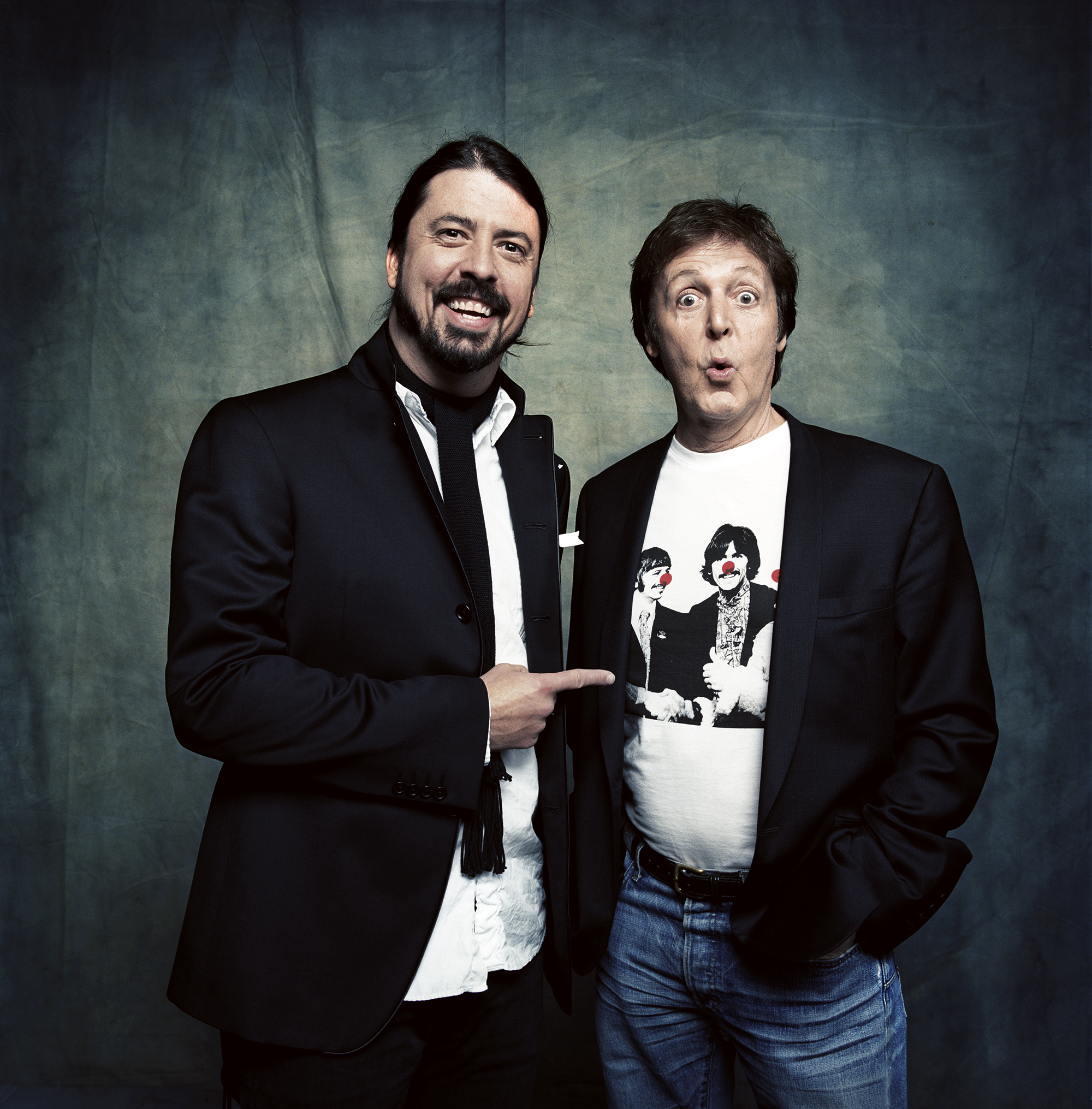

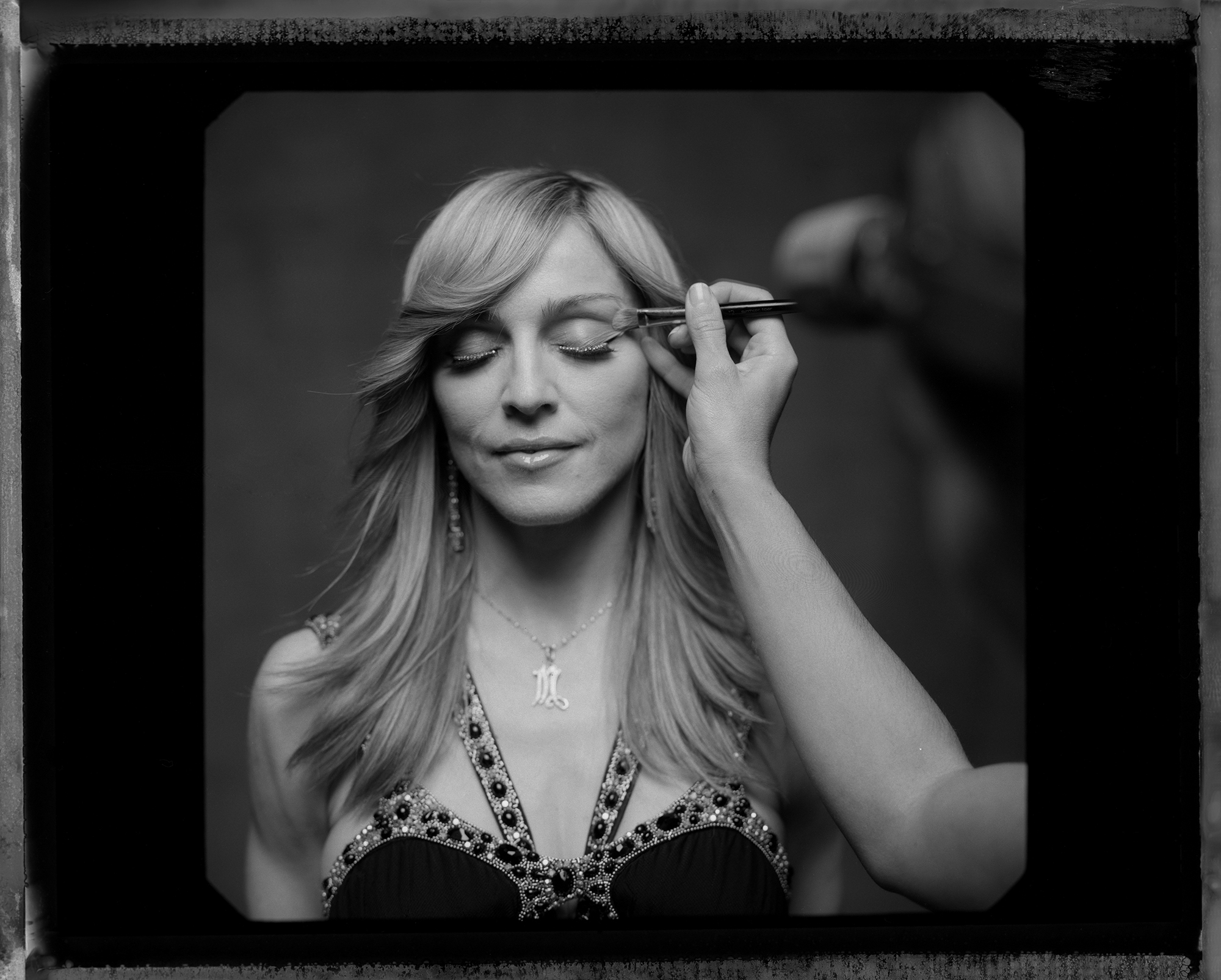
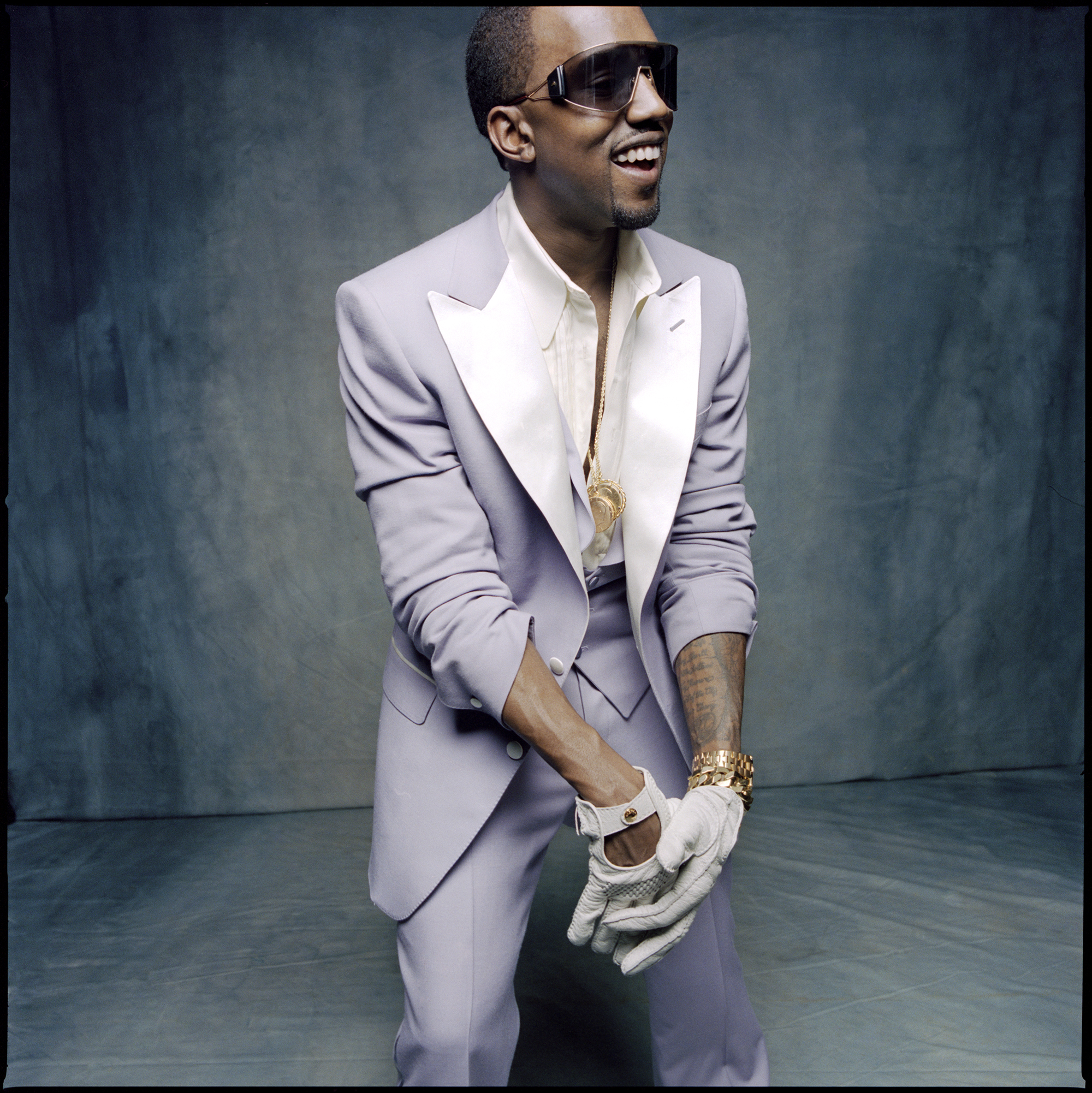

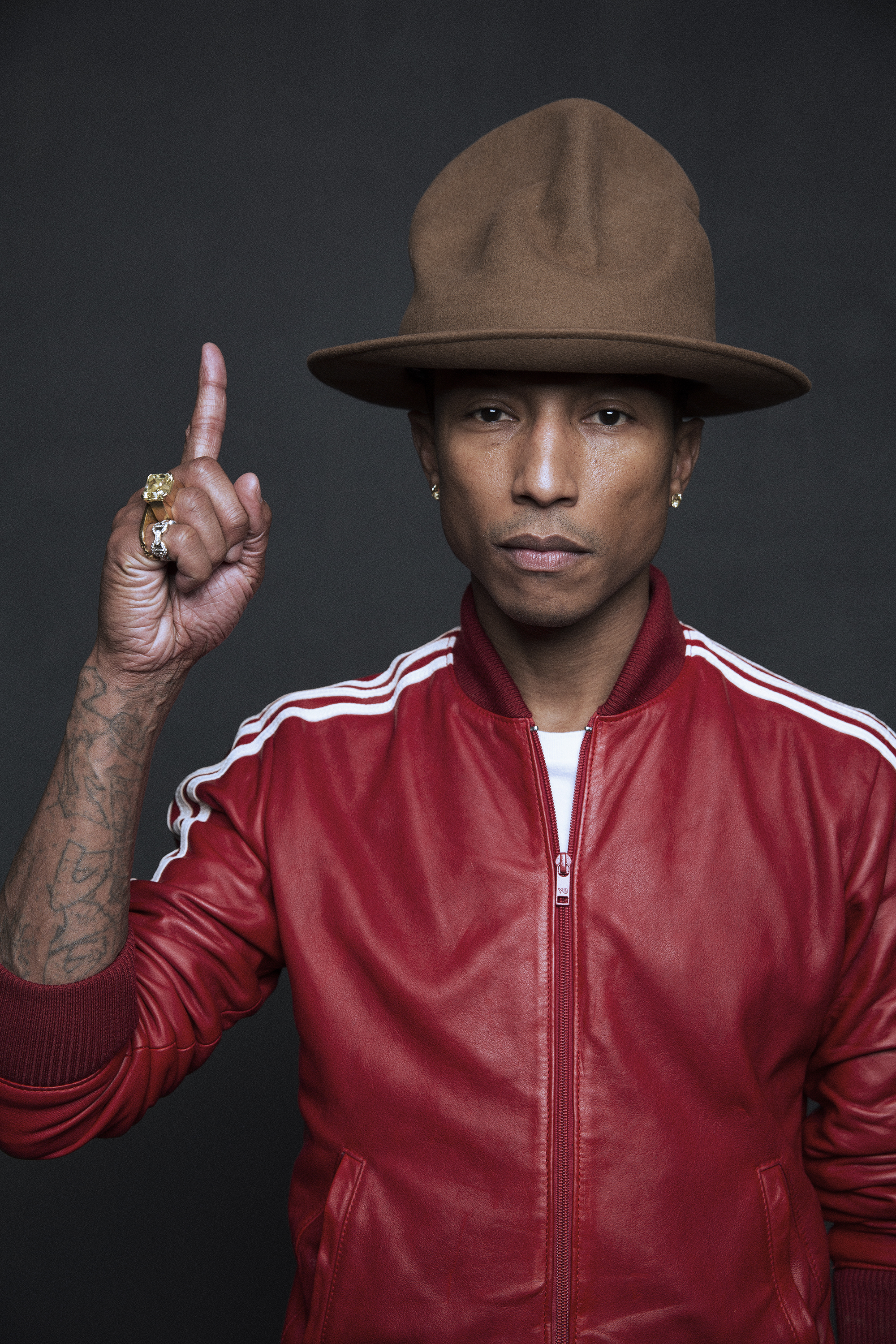

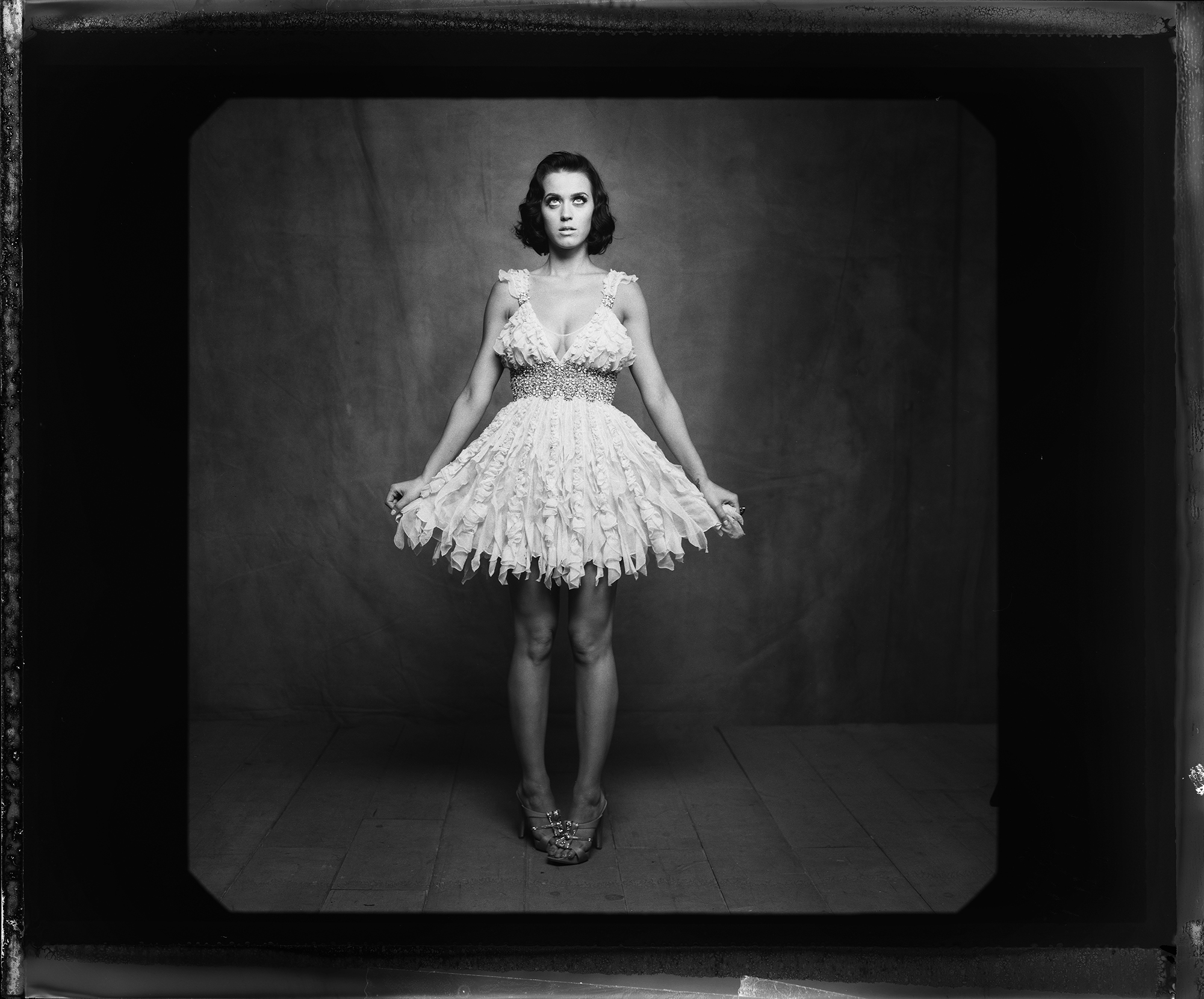
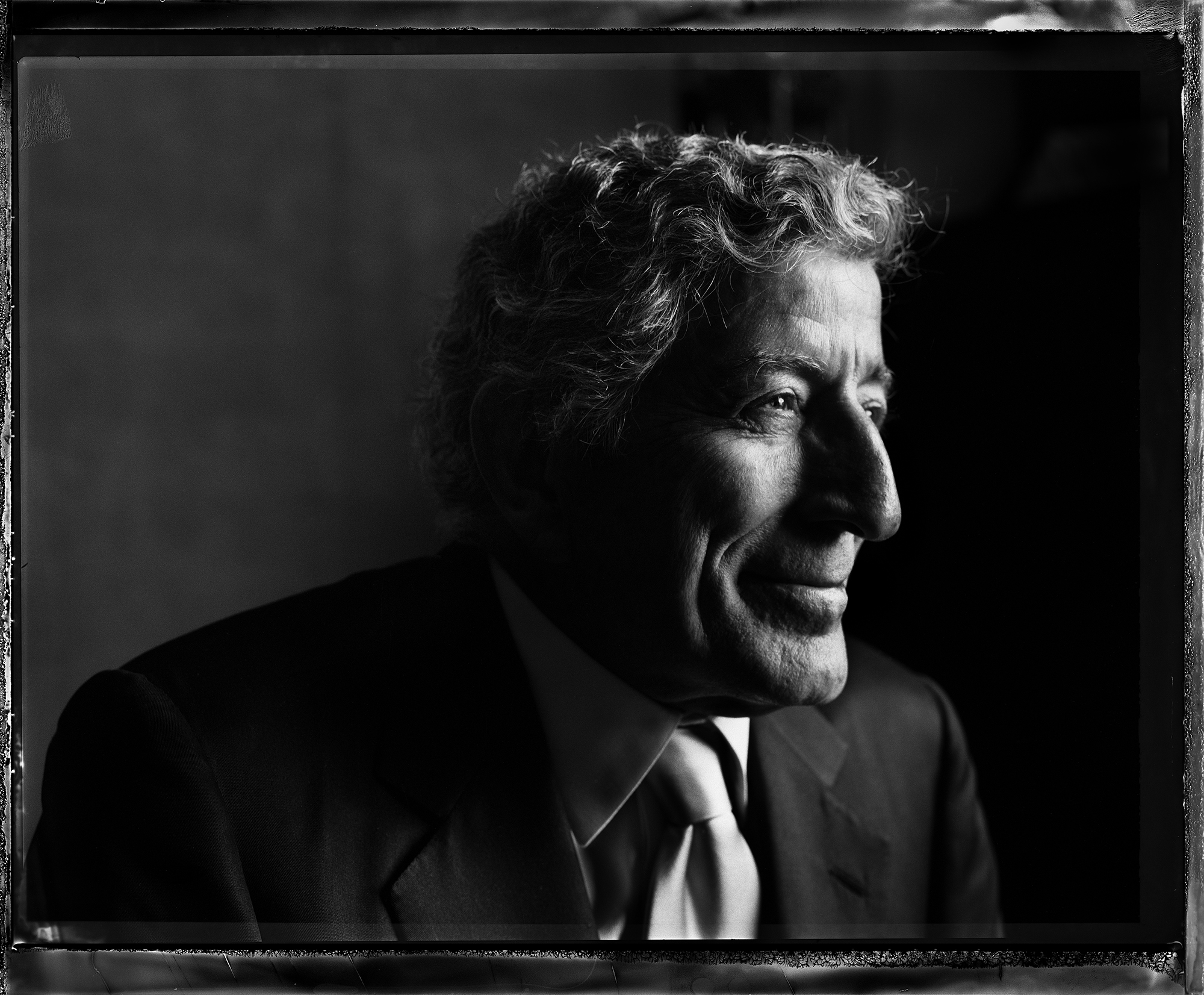
More Must-Reads from TIME
- Cybersecurity Experts Are Sounding the Alarm on DOGE
- Meet the 2025 Women of the Year
- The Harsh Truth About Disability Inclusion
- Why Do More Young Adults Have Cancer?
- Colman Domingo Leads With Radical Love
- How to Get Better at Doing Things Alone
- Michelle Zauner Stares Down the Darkness
Contact us at letters@time.com